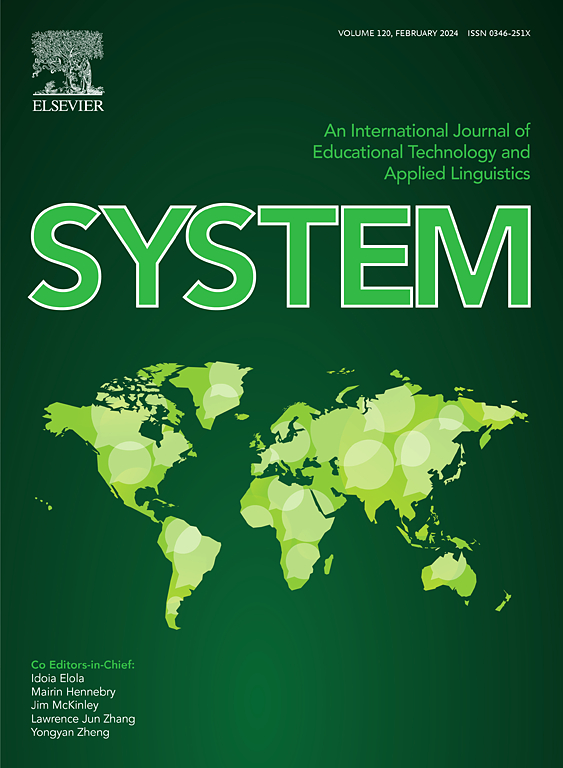印度牛全基因组研究进展:印度牛非参考序列的表征
IF 6.5
1区 农林科学
Q1 Agricultural and Biological Sciences
引用次数: 0
摘要
印度拥有世界上最大的牛群,包括50多种不同的印度牛品种。这种丰富的遗传多样性强调了单一参考基因组不足以充分捕捉印度牛的基因组景观。为了全面表征牛的基因组变异,特别是奶牛品种,我们的目标是鉴定非参考序列并构建一个全面的泛基因组。使用10X Genomics的“链读”技术,对包括Gir、Kankrej、Tharparkar、Sahiwal和Red Sindhi在内的5个著名奶牛品种的代表性基因组进行了测序。这些链读片段产生的序列从2.70 Gb到2.77 Gb不等,与波斯indicus婆罗门参考基因组相当。利用比对法和图谱法将新组装的籼牛基因组与参考基因组进行比对,构建了籼牛全基因组,分别获得了8 Mb和17.7 Mb的新序列。两种方法共鉴定出6,844个非参考Unique Insertions (NUIs),全长7.57 Mb,代表了印度波斯品种的全基因组。与先前发表的泛基因组进行比较分析,发现与中药泛基因组有2.8 Mb(37%)的共性,与牛泛基因组仅有1%的共性。其中,在5个品种的98份样本中,共有2312个nui,总长度约为2 Mb,被认定为种群中籼稻常见插入(BICIs)。此外,在682个蛋白质编码基因、54个长链非编码rna (lncRNA)和18个假基因中鉴定出926个bici。这些蛋白质编码基因丰富,具有化学突触传递、细胞连接组织、细胞-细胞粘附和细胞形态发生等功能。这些蛋白编码基因位于多个显著的数量性状位点(QTL)区域,表明bici在产奶量、繁殖、外观、健康、肉类和胴体等性状中发挥着潜在的作用。值得注意的是,在BICIs呼叫集中,63.21%的碱基包含穿插重复序列,主要是长穿插核元素(Long interspersed Nuclear Elements, LINEs)。此外,70.28%的bici与其他驯化和野生物种共享,突出了它们的进化意义。这是第一份公布了一套确定印度籼稻品种全基因组的强有力的nui的报告。这些分析为德西牛品种的基因组景观提供了有价值的见解。本文章由计算机程序翻译,如有差异,请以英文原文为准。
Advancing the Indian cattle pangenome: characterizing non-reference sequences in Bos indicus
India harbors the world’s largest cattle population, encompassing over 50 distinct Bos indicus breeds. This rich genetic diversity underscores the inadequacy of a single reference genome to fully capture the genomic landscape of Indian cattle. To comprehensively characterize the genomic variation within Bos indicus and, specifically, dairy breeds, we aim to identify non-reference sequences and construct a comprehensive pangenome. Five representative genomes of prominent dairy breeds, including Gir, Kankrej, Tharparkar, Sahiwal, and Red Sindhi, were sequenced using 10X Genomics ‘linked-read’ technology. Assemblies generated from these linked-reads ranged from 2.70 Gb to 2.77 Gb, comparable to the Bos indicus Brahman reference genome. A pangenome of Bos indicus cattle was constructed by comparing the newly assembled genomes with the reference using alignment and graph-based methods, revealing 8 Mb and 17.7 Mb of novel sequence respectively. A confident set of 6,844 Non-reference Unique Insertions (NUIs) spanning 7.57 Mb was identified through both methods, representing the pangenome of Indian Bos indicus breeds. Comparative analysis with previously published pangenomes unveiled 2.8 Mb (37%) commonality with the Chinese indicine pangenome and only 1% commonality with the Bos taurus pangenome. Among these, 2,312 NUIs encompassing ~ 2 Mb, were commonly found in 98 samples of the 5 breeds and designated as Bos indicus Common Insertions (BICIs) in the population. Furthermore, 926 BICIs were identified within 682 protein-coding genes, 54 long non-coding RNAs (lncRNA), and 18 pseudogenes. These protein-coding genes were enriched for functions such as chemical synaptic transmission, cell junction organization, cell-cell adhesion, and cell morphogenesis. The protein-coding genes were found in various prominent quantitative trait locus (QTL) regions, suggesting potential roles of BICIs in traits related to milk production, reproduction, exterior, health, meat, and carcass. Notably, 63.21% of the bases within the BICIs call set contained interspersed repeats, predominantly Long Interspersed Nuclear Elements (LINEs). Additionally, 70.28% of BICIs are shared with other domesticated and wild species, highlighting their evolutionary significance. This is the first report unveiling a robust set of NUIs defining the pangenome of Bos indicus breeds of India. The analyses contribute valuable insights into the genomic landscape of desi cattle breeds.
求助全文
通过发布文献求助,成功后即可免费获取论文全文。
去求助
来源期刊

Journal of Animal Science and Biotechnology
AGRICULTURE, DAIRY & ANIMAL SCIENCE-
CiteScore
9.90
自引率
2.90%
发文量
822
审稿时长
17 weeks
期刊介绍:
Journal of Animal Science and Biotechnology is an open access, peer-reviewed journal that encompasses all aspects of animal science and biotechnology. That includes domestic animal production, animal genetics and breeding, animal reproduction and physiology, animal nutrition and biochemistry, feed processing technology and bioevaluation, animal biotechnology, and meat science.
 求助内容:
求助内容: 应助结果提醒方式:
应助结果提醒方式:


